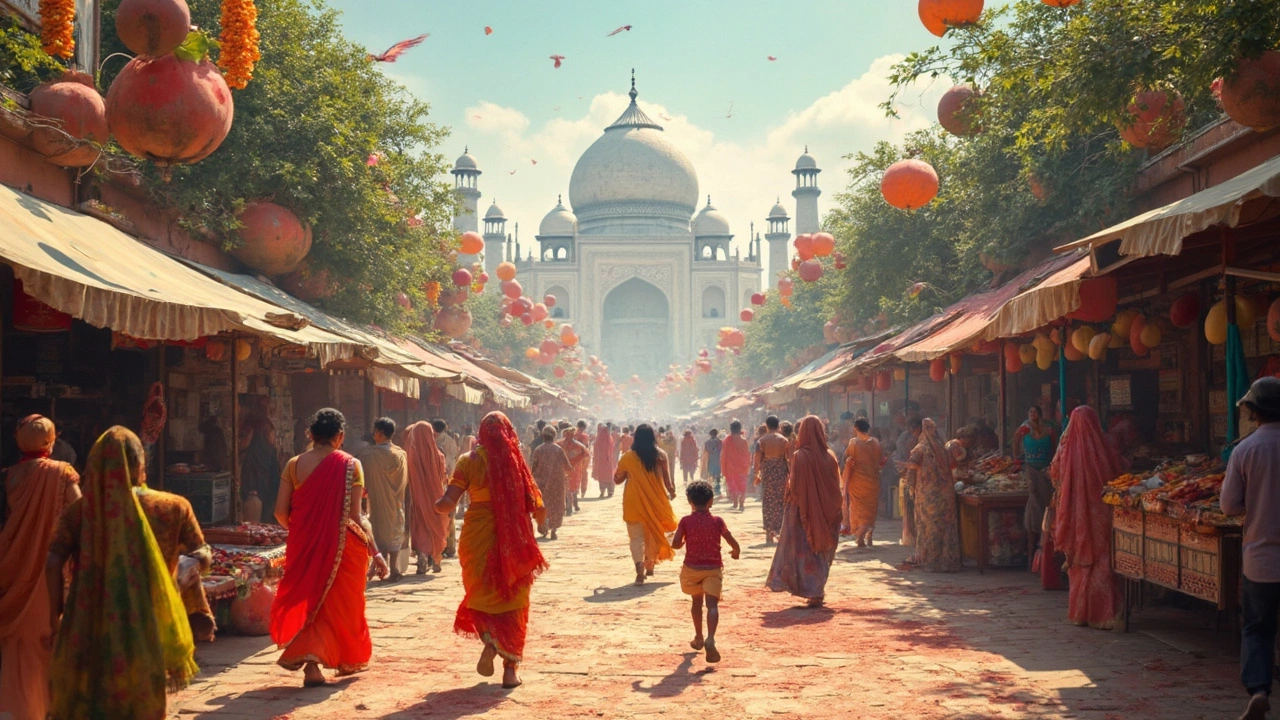SEARCH
Best Time to Visit India – When to Go, What to Expect
Planning a trip to India and wondering when the weather, crowds, and prices line up just right? You’re not alone. India’s size means every corner has its own climate, festival lineup, and price tag. Below you’ll find a quick roadmap that helps you pick the perfect window for the places you want to see.
Regional Weather Overview
In the north, winter (November to February) is dry and cool – think snow‑capped Himalayas, crisp mornings in Delhi, and pleasant evenings in Jaipur. Summer (April to June) can scorch the plains, but it’s the perfect time to trek in the higher altitudes of Ladakh or Spiti.
Down south, the monsoon dominates June to September. While the rains bring lush green landscapes in Kerala and Goa, heavy downpours can disrupt beach plans. The best window for the south is October to March when the weather is mild and the seas are calm.
The east, especially Kolkata and the Sundarbans, stays hot and humid most of the year. October to early December offers a break from the heat and a chance to spot migratory birds.
In the west, Gujarat and Rajasthan enjoy a pleasant winter (November to February). Desert nights get chilly, but daytime sunshine stays warm – ideal for desert safaris and city walks.
When Festivals Light Up the Country
India’s festival calendar can turn a regular trip into a cultural feast. If you love colors, aim for March or April to catch Holi in Mathura or Jaipur. Diwali, the Festival of Lights, falls between October and November – cities sparkle, markets buzz, and you get a taste of authentic celebrations.
For music and art lovers, the Jaipur Literature Festival in January and the Goa Carnival in February offer high‑energy experiences. The monsoon months bring their own charm: the monsoon festival in Kerala (June‑July) showcases boat races and traditional dances.
Remember, festivals also mean higher prices and bigger crowds. If you prefer a quieter vibe, choose the same months but avoid the peak days of the major festivals.
Budget‑savvy travelers can stretch their rupees by planning around the shoulder seasons. Late September to early October gives you decent weather in most regions, fewer tourists, and lower hotel rates. Likewise, late February to early March is a sweet spot before the summer heat kicks in.
Transportation is another factor. Trains and flights fill up quickly during holiday periods like New Year, Christmas, and the school vacation weeks in May and December. Booking a month ahead can save you both time and money.
Finally, think about what you want to do. If trekking is on your list, target the cool, dry months (October‑March) for the Himalayas and the Western Ghats. Beach lovers should aim for November‑February on the west coast and December‑March on the east coast.
Bottom line: there isn’t a single “best” month for the whole country, but by matching your interests with the regional climate, festival schedule, and budget, you can pinpoint the ideal travel window. Use this guide as a starting point, adjust for the places you love, and you’ll be set for an unforgettable Indian adventure.

Best Time to Visit India: North India Weather, Peaks & Hidden Gems
Trying to figure out when to pack your bags for North India? This article breaks down the absolute best times to visit, plus what you can expect in each season—crowds, festivals, and even a few perks that surprised me on my own trips. Get the real scoop on how heat, monsoon, and winter play out across famous sights and quieter gems. There’s also some straight talk about what parents should know if they’re dragging the kids along. Pick your perfect window and get ready to see North India at its best.
Continue reading